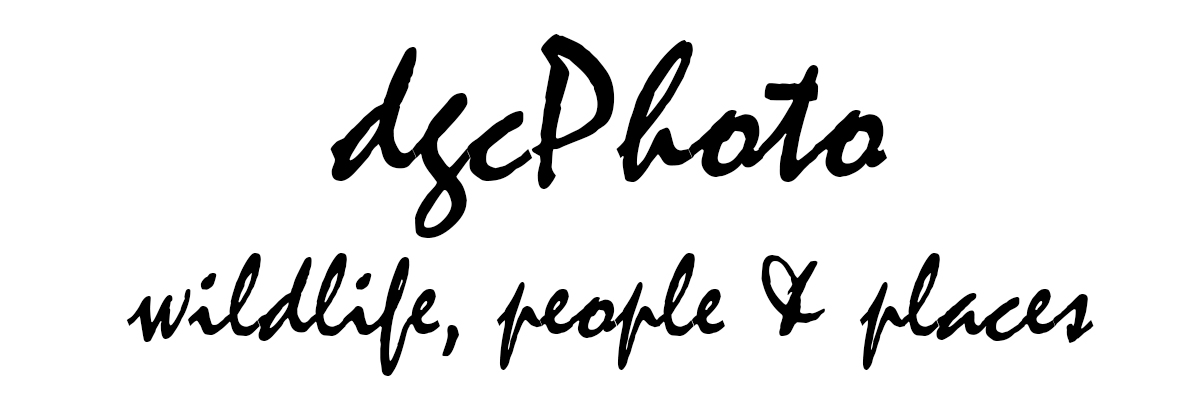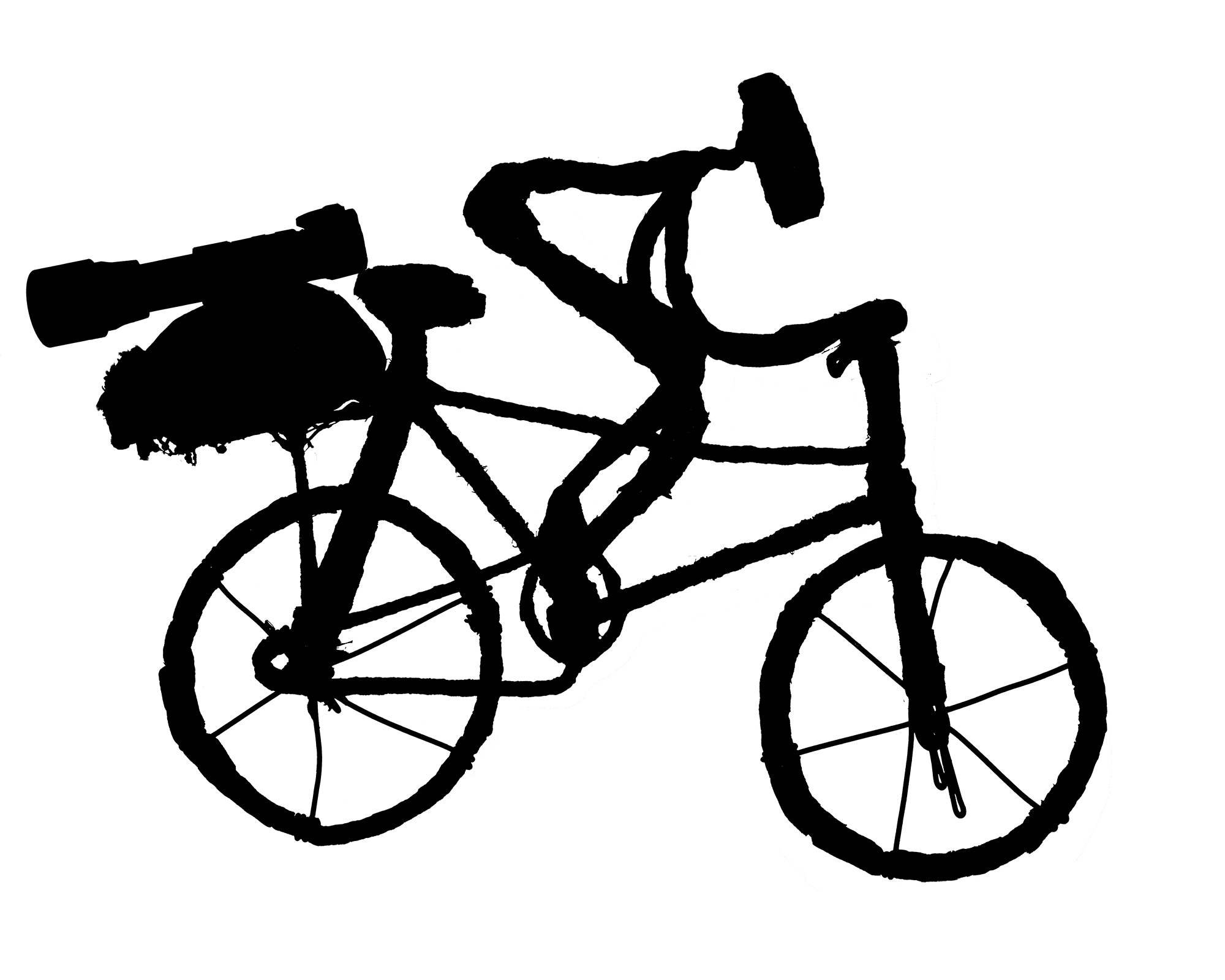by David Clarke | Aug 25, 2012 | All, Kenya, Places
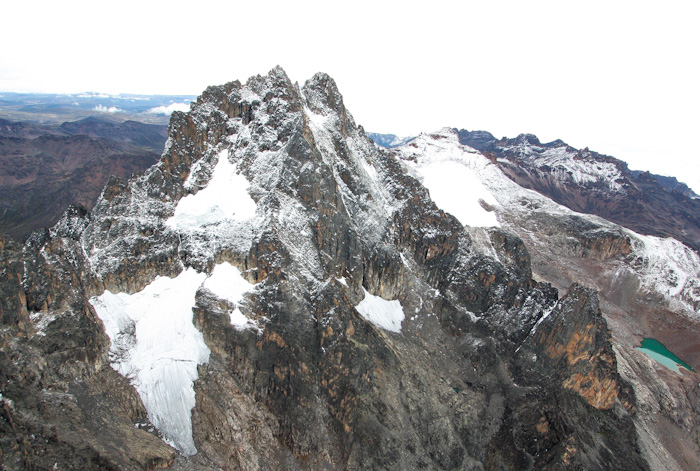
This shot was taken from a helicopter as we flew round the peaks of Mount Kenya. Here we were to the north-west of Batian, the highest peak on the mountain at 5,199 metres (17,057 ft). The second highest peak, Nelian, at 5188 metres (17,021 ft), can be seen on the image just to the right of Batian. The large glacier beyond Nelion is the Lewis Glacier while in the foreground are Northey Glacier (higher) and the Forel Glacier (lower left). The green lake to the right of the image is the Teleki Tarn.
Image taken on a Canon 40D with a Canon EFS 10-22 mm lens at 10mm; ISO 400 f4 1/800
by David Clarke | Aug 21, 2012 | All, Kenya, Wildlife

After a sunny morning and lunch by a water hole, the clouds gathered and the heavens opened in Buffalo Springs Game Reserve in northern Kenya. It was Friday 13th!
This young Zebra looked suitably bedraggled as he followed his mother, who was oblivious of the weather and content to continue munching.
Note the perfect alignment of several of the stripes on the necks of the two zebras.
Canon 1DMkII with Canon 300mm f2.8L IS lens and Canon 1.4x extender. ISO 400, 420mm 1/500 at f5.6
by David Clarke | Aug 13, 2012 | All, Kenya, Wildlife
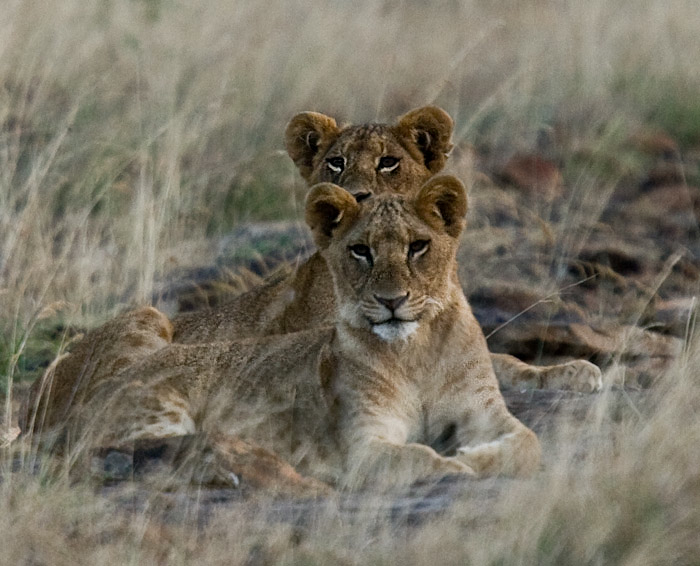
This pair was part of a group of five lion cubs relaxing in the fading light after sunset in the Loisaba game park in Kenya. Their mother, Pussy Galore, whom the ranger had located by way of her radio collar, was standing by to protect her offspring in case anything or anyone wandered too close. We were happy to keep our distance and admire these beauties through the binoculars and telephoto lenses.
by David Clarke | Aug 11, 2012 | All, Kenya, Places
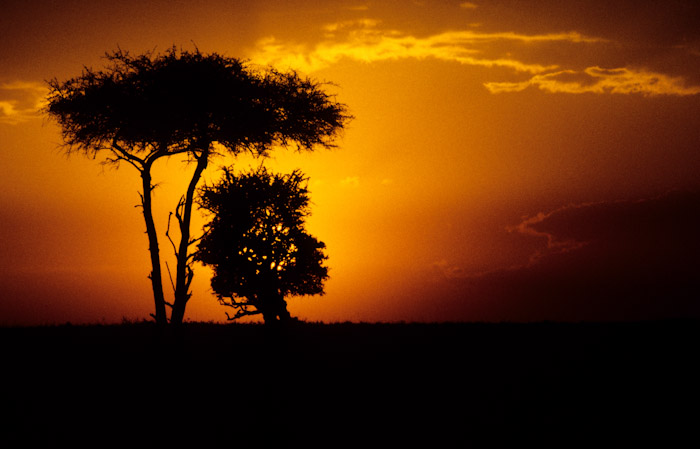
Sunset on the Masai Mara in Kenya is a magical time. The light to the west changes through all shades of yellow, orange and red as the ball of the sun sinks to the horizon. For many animals, it signals the time to take more care: the hunters are arousing from their daytime reverie and thinking about supper. For others, it’s just another day over.
Another shot from my pre-digital days. Canon EOS3 with Canon 300mm f2.8 lens using Fuji provia film.
by David Clarke | Aug 5, 2012 | All, Kenya, Wildlife
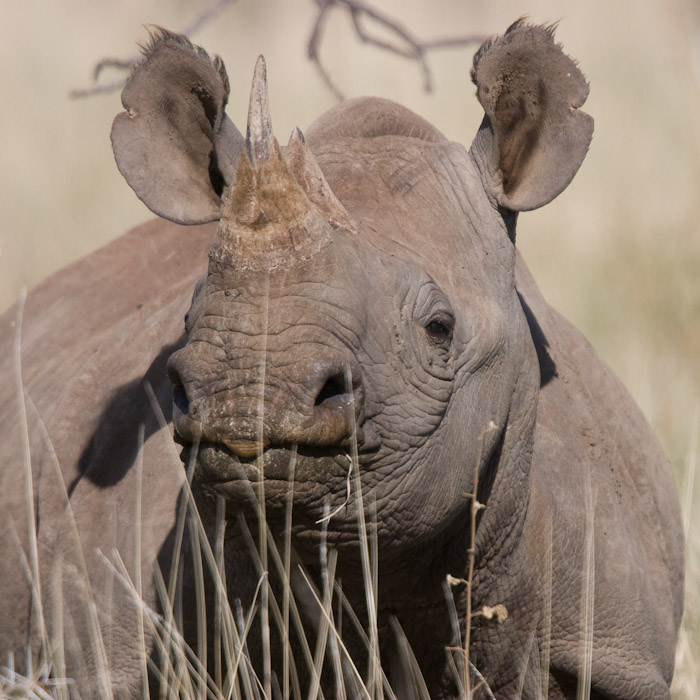
All rhinos are endangered, so many having been massacred by poachers for their horns. There are now many game parks in various African countries endeavouring to bring numbers back up to levels where the threat of extinction is diminished, but it is an uphill battle and every year seems to bring bad news.
These creatures are truly magnificent – primitive, primeaval, and with a rugged, powerful beauty. It is a privilege to be close to them, albeit from the security of a vehicle: they are not to be underestimated.
This fellow was one of over 50 roaming Lewa game park in Kenya. He caught the scent of an orange that one of our party had peeled and was desperately trying to find the source of the tantalising aroma. Fortunately for us, he lost the scent and finally wandered off.
You can read more about the Lewa Conservancy at www.lewa.org and you can follow them on FaceBook.
Black Rhinoceros or Hook-lipped Rhinoceros (Diceros bicornis)
Canon D60 with Canon 300mm 2.8L IS with x2 extender; ISO 200 f5.6 1/1500
by David Clarke | Aug 3, 2012 | All, Kenya, Wildlife
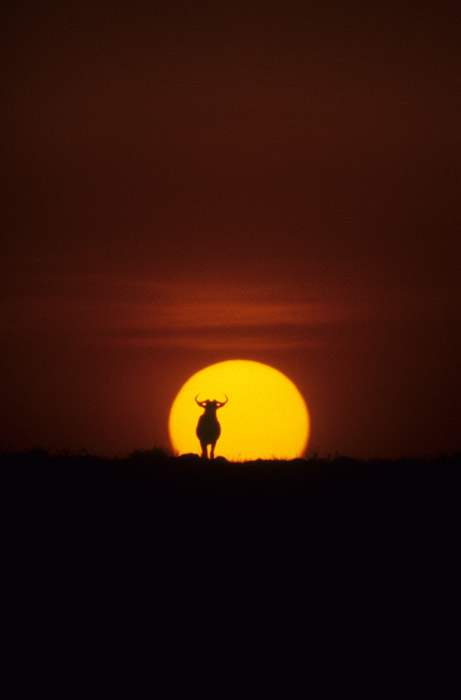
An oldie, this one, but one still worthy of a dusting off.
This wildebeest (Connochaetes gnou), or Godfrey the Gnu as we named him, was more interested in keeping an eye on us than watching the magnificent sunset going on behind him. He might also, of course, have been keeping a wary eye on a couple of lions that were lazing in the evening sun not far from us.
However, he was an obliging fellow: he stood still as the sun went down behind him and it wasn’t until the sun disappeared from our view that he seemed to shrug and wander off along the ridge.
Taken twelve years ago in the Masai Mara, Kenya in my pre-digital days.
Canon EOS 3 with Canon 300mm f2.8L lens and x2 extender using Fuji Provia transparency fim. Scanned with a Nikon Super Coolscan 5000 ED scanner.

